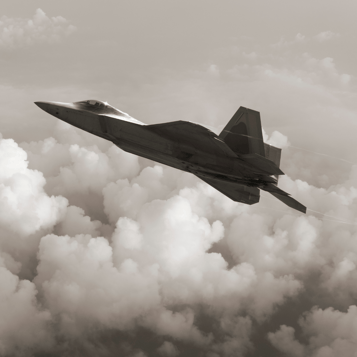Precision and innovation are paramount in aerospace. Every phase, from design to manufacturing, demands the highest standards due to the industry's critical nature. 3D scanning technology has emerged as a transformative force in this field, enhancing the accuracy and efficiency of these processes. This technology provides a detailed view of aircraft components in development. It facilitates the creation of complex parts and customized solutions, ensuring that aerospace manufacturers stay at the forefront of technological advancements.
Summary
Imagine a technology that could transform aerospace manufacturing, increasing efficiency and accuracy while slashing costs. That technology is 3D scanning, which allows aerospace companies to create highly accurate models of aircraft parts quickly and efficiently. This technology isn’t just the future—it's reshaping the present, enhancing everything from production to maintenance and even design processes.
Enhancing Manufacturing Precision with 3D Scanning
Integrating 3D scanning technology into aerospace manufacturing processes marks a significant evolution from traditional methods. This technology employs non-contact laser scanners to capture the fine details and complex geometries of 3D objects, producing what is known as point clouds. These point clouds represent the precise dimensions of an object in a digital format, which can be used to improve the accuracy of the final product and identify potential flaws early in the manufacturing stage.
"The accuracy and speed of 3D scanning not only streamline the manufacturing process but also enhance the quality and safety of aerospace components."
Critical Applications in Aerospace
 In aerospace, where precision is non-negotiable, 3D scanning serves crucial functions across various stages of the lifecycle of aircraft components. It is extensively used in the design, assembly, and especially in maintenance, repair, and overhaul (MRO) operations. For instance, 3D scanning plays a vital role in monitoring and maintaining the integrity of critical components like engine inlet lips and aircraft wings, which are susceptible to damage from environmental factors such as bird and lightning strikes.
In aerospace, where precision is non-negotiable, 3D scanning serves crucial functions across various stages of the lifecycle of aircraft components. It is extensively used in the design, assembly, and especially in maintenance, repair, and overhaul (MRO) operations. For instance, 3D scanning plays a vital role in monitoring and maintaining the integrity of critical components like engine inlet lips and aircraft wings, which are susceptible to damage from environmental factors such as bird and lightning strikes.
Improving Safety and Efficiency in Maintenance
3D scanning significantly enhances the efficiency of the MRO processes by reducing aircraft downtime during inspections. Traditionally, methods like visual inspections and pit gauges were used, which took longer and were susceptible to human error. With 3D scanning, aerospace technicians can quickly and accurately assess damage and wear, allowing faster and more precise interventions. This capability is crucial in minimizing aircraft downtime, directly affecting airlines' profitability and operational efficiency.
Innovation in Aerospace Design
The application of 3D scanning in aerospace extends beyond manufacturing and maintenance. It is also pivotal in the design phase, where it enables the development of innovative solutions and the improvement of existing aircraft designs. By creating accurate 3D models of new and legacy parts, engineers can utilize advanced analysis methods like computational fluid dynamics (CFD) to optimize designs and enhance the performance and safety of aircraft.
Conclusion
3D scanning technologies are reshaping the aerospace industry by improving aircraft design, production, and maintenance. The ability to create precise digital replicas of parts and components speeds up the manufacturing process and ensures that the end products meet the rigorous standards required for aerospace operations. As these technologies continue to evolve, their role in aerospace will undoubtedly expand, further enhancing the capabilities and safety of air travel.
CADmore
CADmore offers state-of-the-art 3D scanning capabilities tailored to meet the rigorous demands of the aerospace industry and beyond. Our advanced scanning technology captures high-resolution data from complex geometries and intricate details of any component, ensuring maximum accuracy and efficiency. This precise data facilitates enhanced digital modeling, supports comprehensive quality assurance, and accelerates the product development process. By integrating CADmore’s scanning services, companies can significantly reduce design cycle times, increase their products' reliability, and innovate confidently, leveraging our expertise to maintain a competitive edge in their respective markets.